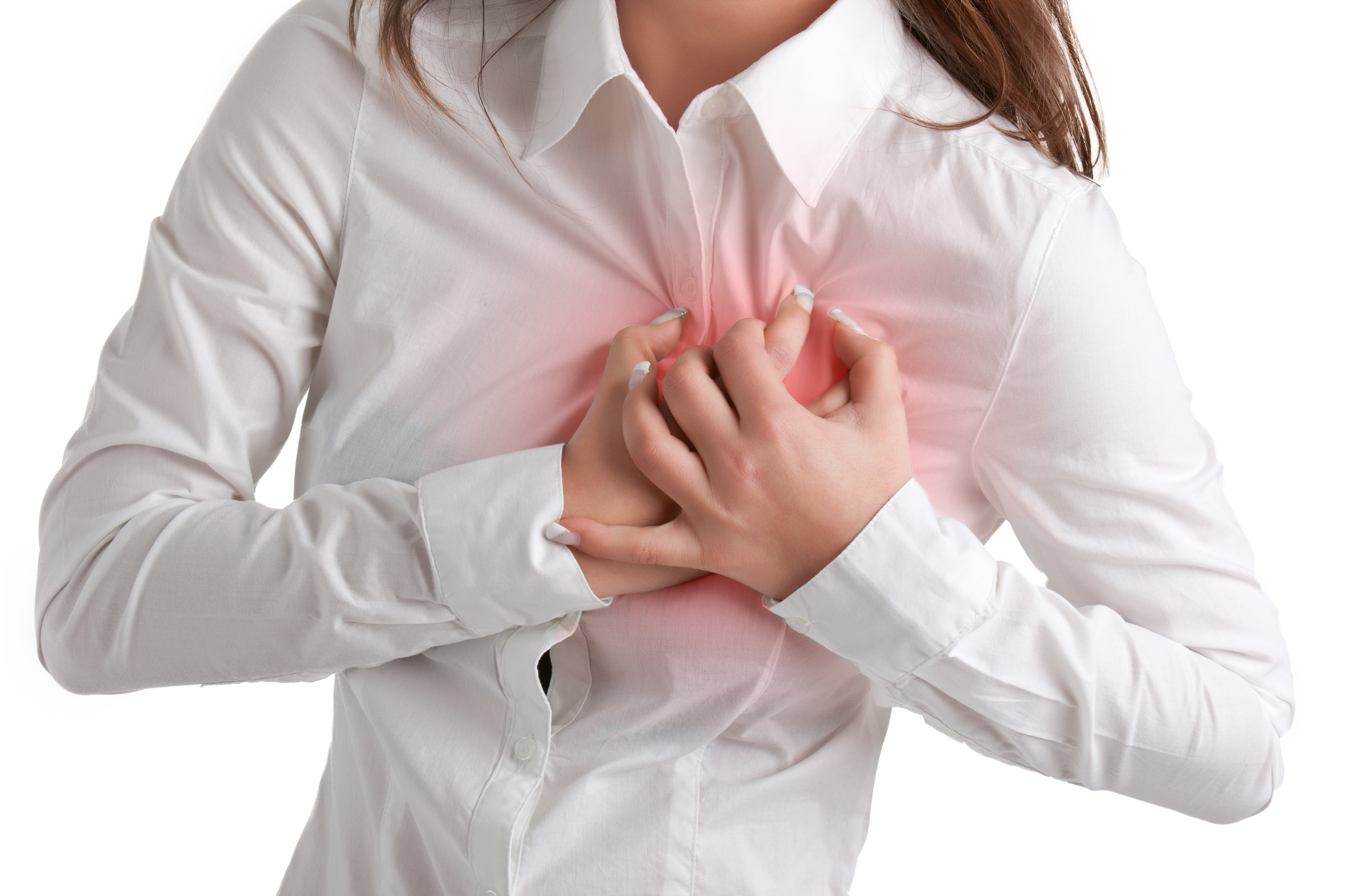Contents:
- Medical Video: Mayo Clinic SCAD Research Program Update: 2015
- Why can heart disease occur in young people?
- Risk factors for SCAD
- What are the symptoms of SCAD?
- What checks should be done?
- What treatments can be done for SCAD sufferers?
Medical Video: Mayo Clinic SCAD Research Program Update: 2015
Heart disease is still one of the most frightening causes of non-infectious deaths. Sometimes we assume that heart disease only attacks older people, but this is not entirely true. Not infrequently heart disease is found in young people and can be fatal. The problem, often the symptoms are not too clear so that heart disease is not found. In fact, the diagnosis of heart disease in young people, especially women is very important for further treatment.
Why can heart disease occur in young people?
One type of heart disease that is usually found in young women is Spontaneous coronary artery dissection (hereinafter abbreviated as SCAD). SCAD is a disorder caused by tearing of the inner lining of the epicardial coronary arteries found in the heart.
This disorder is not caused by atherosclerotic plaques that clog arteries or trauma or other iatrogenic causes. In SCAD, the rupture of the walls of a blood vessel called tunica intima causes the formation of a hematoma / blood clot in the area. As a result, blood flow to the heart slows down or becomes blocked, causing heart attacks, heart rhythm abnormalities or sudden death.
This condition can occur suddenly and unlike acute coronary syndromes, SCAD cannot be prevented. Although the causes of SCAD have not been known to date, several studies have suggested several possible causes of SCAD, namely a history of arteriopathy, genetic factors, or hormonal abnormalities.
Risk factors for SCAD
The researchers found several similar characteristics in patients diagnosed with SCAD. Some of these characteristics are very important factors to consider. For example:
- Gender. SCAD can attack both men and women. However, this condition is more common in women.
- Never give birth. Some women diagnosed with SCAD have just completed labor. SCAD is most often found several weeks after giving birth. This increases the risk of heart disease in young women.
- History of abnormalities in blood vessel walls. Some abnormalities in blood vessels are associated with SCAD. For example fibromuscular dysplasia (FMD) which causes abnormal cell growth in one of the arterial walls. This abnormal growth can cause artery walls to weaken and the occurrence of blockages, dissections, or aneurysms. FMD can also cause hypertension, stroke, or tears in other blood vessel walls. Again, this disorder is more often found in women.
- Extreme sports. People who have just participated in extreme or intense sports have a higher risk of getting SCAD.
- Emotional stress. A person who has just experienced an event or experience that causes emotional stress has a higher risk of getting SCAD.
- Irritation of blood vessels. Some diseases that cause problems so that inflammation of blood vessels such as lupus or polyarteritis nodosa can increase the risk of SCAD. The problem is that lupus is more commonly found in women, so eventually the risk of SCAD is even higher in women.
- Lowered connective tissue disease. Genetic disorders that cause problems with body connective tissue such as Ehlers-Danlos syndrome and Marfan syndrome are often found in people with SCAD.
- Very high blood pressure. Patients with very high and uncontrolled blood pressure are prone to experience SCAD.
- Illegal drug use. The use of cocaine and other drugs can increase the risk of SCAD.
What are the symptoms of SCAD?
Symptoms of SCAD are often similar to symptoms of angina / heart attack, such as chest or chest pain that feels heavy such as being pressed and radiating to the arms, neck, jaw, back, or abdomen. Complaints such as tightness, the body feels weak, sweating and the head feels dizzy can also be felt. Nausea, vomiting and even fainting can also be found in patients with SCAD.
What checks should be done?
The incidence of SCAD that is not too high and not too well known causes a lot of misdiagnosis. The initial examination can be done by recording the heart rhythm or EKG to see your heart activity. Examination of troponin (one of the protein markers in heart disease) can also be done.
Further examination may use an angiogram. At this examination, the doctor will inject contrast (the dye detected using an x-ray device) through a blood vessel catheter. Then the doctor will take a picture of the picture of the blood vessels filled with contrast to detect abnormalities in the arteries.
Some other tests that can be alternative are intravascular ultrasonography and CT angiography can also be done to get a more detailed picture of the heart.
What treatments can be done for SCAD sufferers?
The treatment of heart disease in young people aims to restore previously blocked heart blood flow. In some cases, healing can occur on its own without the need for severe treatment or surgery. However, most cases need help such as balloon or stent placement or cardiac blood vessel bypass surgery.
After you have been diagnosed with SCAD, some of the medications your doctor can give you may include aspirin, anticoagulants, drugs to control your blood pressure, drugs to reduce chest pain, and medications to reduce cholesterol levels.
You also have to maintain your lifestyle and daily habits. Avoid things that cause excessive emotional stress, do regular exercise, and keep your diet patterns and weight. In addition to treating, this principle is also very important to prevent heart disease in young people.












